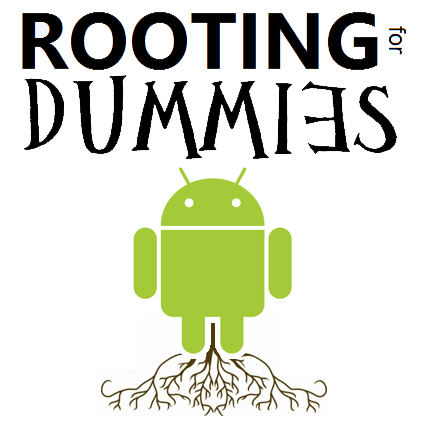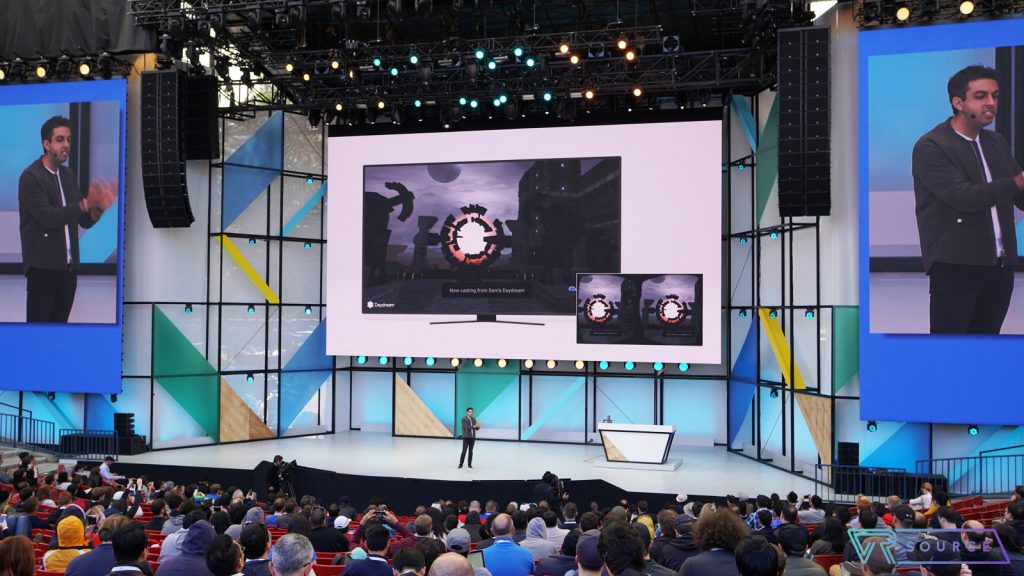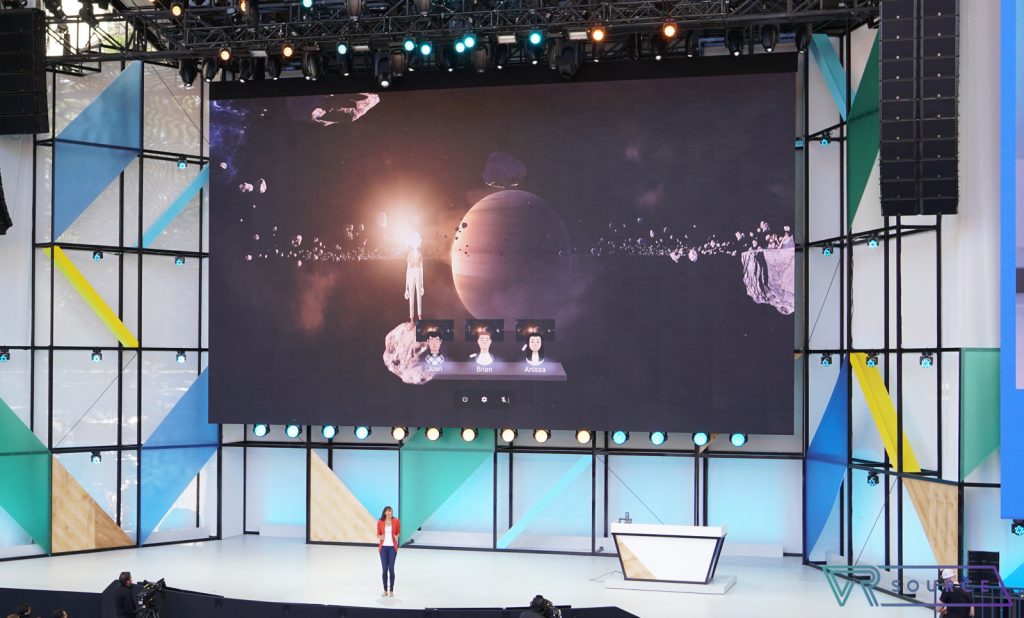Affiliate links on Android Authority may earn us a commission. Learn more.
Why social VR is a really big deal

As great as VR has been to this point, one of the most common complaints about it has been that it can be a little isolating. Strapping a VR headset to your face and transporting yourself to another world is a fantastic experience, but until now it has largely been a solitary one (barring social spaces like Altspace and Rec Room).
- Everything you need to know from Google I/O 2017
A couple of new announcements made during Google’s AR/VR session at I/O today could be a watershed moment for VR as a social activity. For starters, you’ll soon be able to cast your Daydream experience to compatible devices, allowing your friends to see what you see, albeit in 2D.
While this is a positive first step towards a more social VR experience, it means you still have one person in VR while others simply watch the action in 2D. Your friends can share in your experience but not participate in it. Nevertheless, this will still expose more people to the idea of VR as a social activity.

But an upcoming update to YouTube VR takes things a step further, allowing you to share immersive experiences together in VR. The update will let you and your friends co-watch YouTube 360 videos live and chat in real time about what you’re experiencing. You can also connect with other like-minded people watching the same VR videos, vastly expanding your VR network beyond your immediate friends and into the world at large.
As encouraging as these steps are, there’s still a long way to go. The kind of real-time, immersive shared experiences made possible by high-powered mobile VR packs and specially-built environments are still only possible for a very small fraction of the VR population. The key to making VR more social lies in making it more democratic, and that means taking the expense, hardware requirements and location dependency out of that truly shared experience.
Cast support for Daydream and shared 360 videos on YouTube might be a long way from the kind of shared social VR experiences we’d all like to ultimately see, but at least we’re moving in the right direction. Google also announced Seurat, which brings high fidelity graphics to VR in real time, which will soon bring cinematic realism to VR. As VR becomes more life-like, it will increasingly be possible to enjoy social interactions in VR without them feeling distinctly less fulfilling than in the real world.

With Google backing social VR and Daydream support coming to the Galaxy S8 and S8 Plus, and more Daydream ready devices coming out later this year from LG, Motorola and ASUS, there’s soon going to be a lot more people able to dip their toes in the social VR pool. As that awareness grows and demand steadily increases, both developers and backers will increasingly push the envelope, making more sophisticated social experiments possible.
With Google’s standalone Daydream VR headsets on the way, complete with WorldSense sensors and controller, we can expect that social and shared VR experiences to be a core consideration. Besides upping image quality and dropping latency, for VR to truly take off, it needs to stop being the domain of solo early adopters and move into the mainstream. Becoming more of a social activity is one of the simplest ways to achieve that.